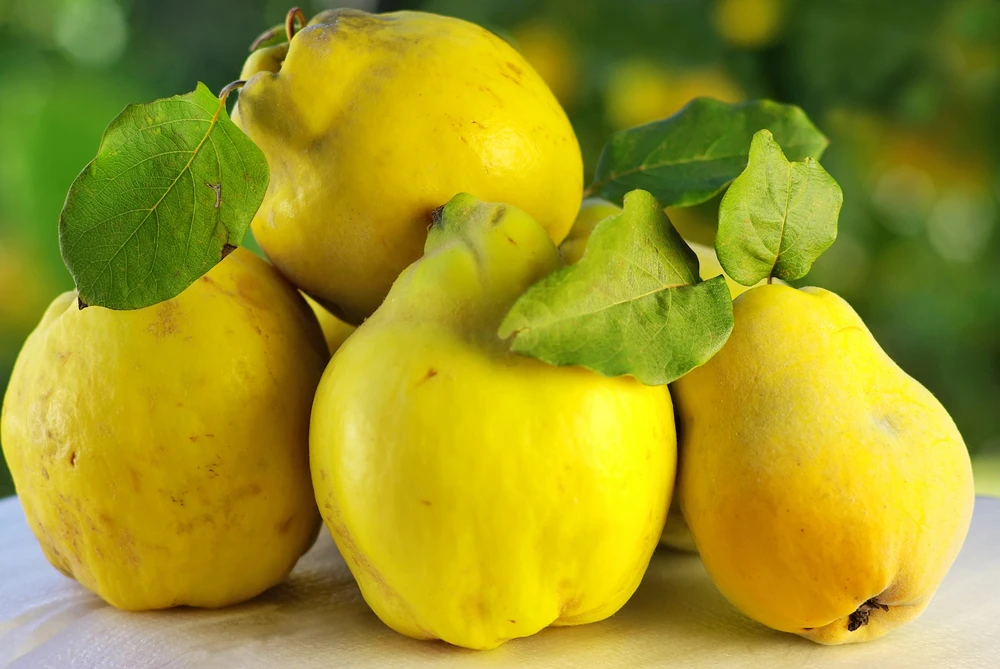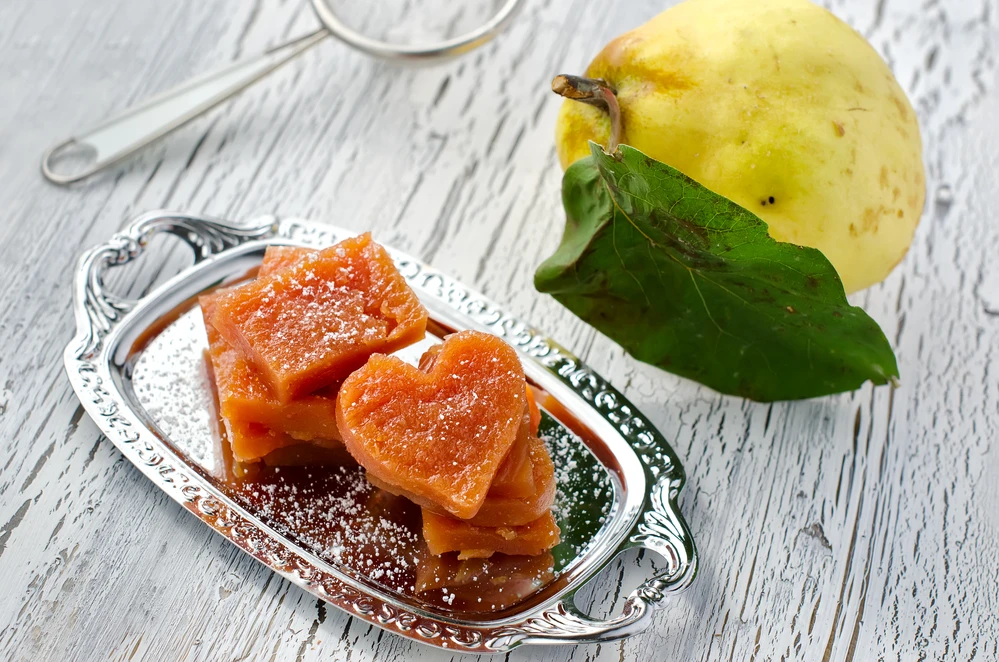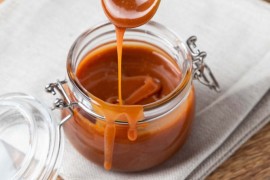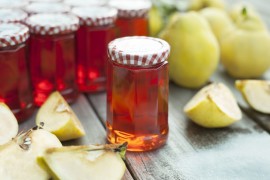Quince
The French of the 16th and 17th centuries adored quince and used it in a number of small pleasures. François 1er, for example, always enjoyed quince in the form of pâte de coing , the recipe for which you are about to discover. Quince, the fruit of the quince tree, tends to grow in sunny climates, where it ripens well, but it is also found in northern France, where it is eaten not as a fruit, but as a sweet dessert after cooking. It is often made into jam, which is why its Portuguese name "marmelo" would have given "marmelade" for a jam with pieces. It is said to have many virtues. Among the Romans, for example, Pliny tells us that it soothes the stomach and makes hair grow back. What's certain is that quince is a source of malic acid, potassium and calcium, as well as vitamin C.
Quince paste recipe
The ingredients
- 2 Kg sugar
- 2.5 Kg quinces
- 1.5 liters of water
- Juice of half a lemon
- 1 cinnamon stick or 1 vanilla pod.
the process
- Roll out parchment paper. You'll need it to roll out your dough.
- Wash the fruit well. There's no need to remove the skin (which is very difficult, by the way), just remove the core and seeds and cut into quarters.
- Put the core and seeds in a bag (or a sticky bag like my grandmother used to make).
- Boil 1.5 liters of water
- When the water has boiled, put in the quince quarters and the bag containing the seeds and core.
- Add the cinnamon stick (or vanilla stick).
- Return to the boil for 20-25 minutes
- Remove from the heat and strain the quince pieces to remove only them.
- Blend the quince pieces finely.
- In a large saucepan, place your mixed quinces and stir in the lemon juice and sugar.
- Stir until it starts to pull away from the sides (never stick your finger in it, it's hot!).
When the dough is cooked and well detached :
- Roll out the dough on greaseproof paper to a thickness of 2 centimetres (no more, otherwise it won't dry properly).
- Cover with greaseproof paper without sticking it to the pastry.
- Leave to air-dry for several days, turning the dough over several times to ensure even drying.
All you have to do is cut the pieces to your liking (squares, sticks or rhombuses). Sprinkle with granulated sugar.







